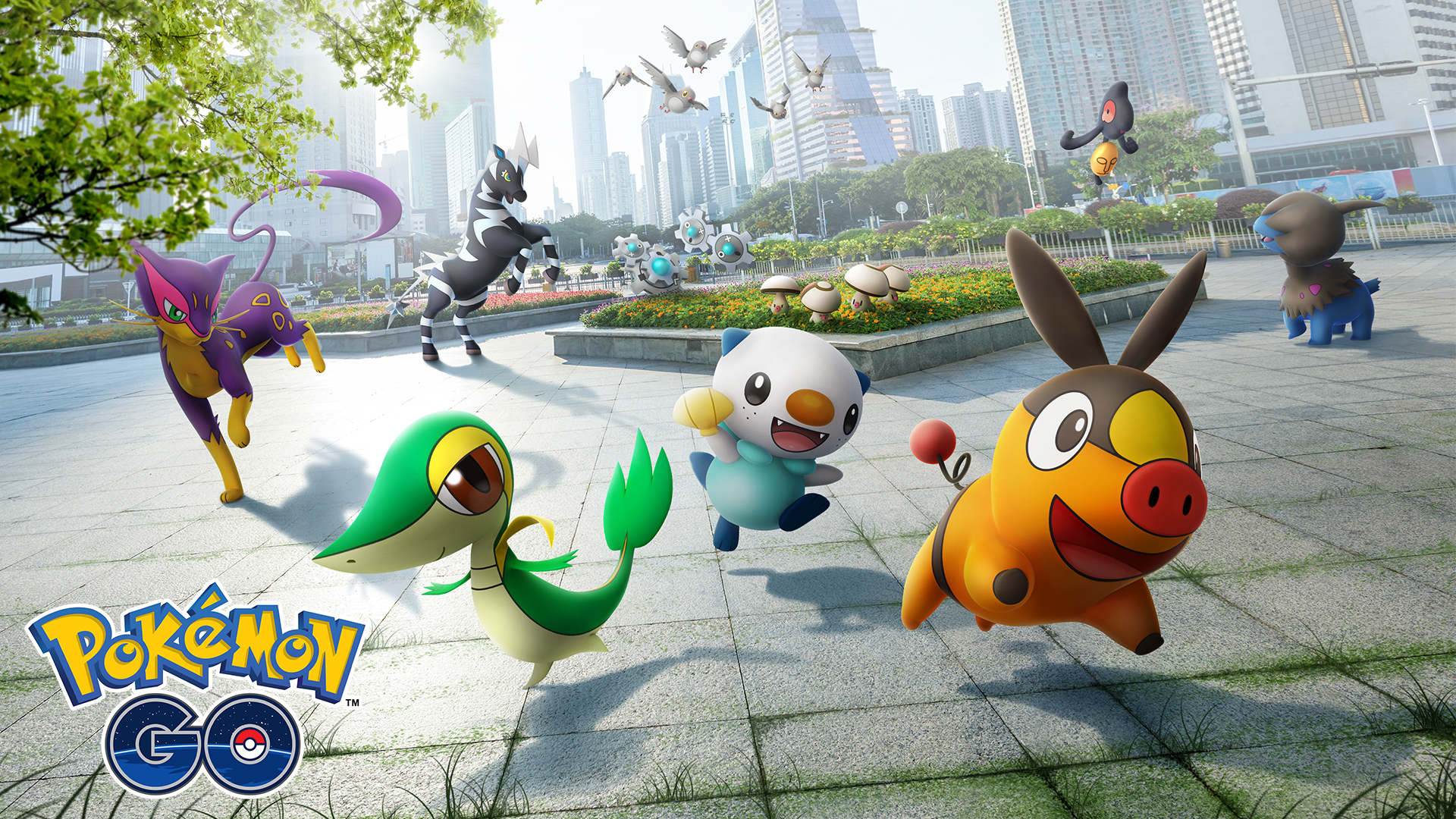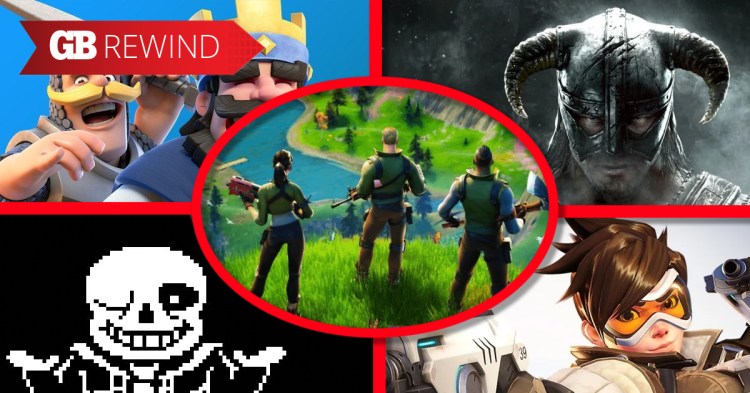2014: Shuffling fate
Destiny

Above: Chilling in the tower in Destiny.
Bungie was a superstar developer in the 2000s thanks to its Halo franchise, but this decade saw the studio leave Microsoft and its first-person shooter series behind to start something new. In 2014, Bungie created Destiny, a multiplayer FPS with MMO elements (what some folks call the “looter shooter,” like Warframe).
Destiny was ambitious, and its release was one of the biggest events of the decade. It was an instant sales success, but Bungie struggled to refine the experience into something players loved. The game would be at its best after the release of The Taken King expansion in 2015. However, Bungie would soon start from scratch with Destiny 2 in 2017. Just like before, it would take work and time — and Bungie separating from publisher Activision to take full control of the franchise — for the game to reach its potential.
Destiny represented the growth of the looter shooter in the decade, something you could see in other games like Warframe, The Division, and Anthem. It’s the kind of experience you just didn’t see before the 2010s. — Mike Minotti
Hearthstone

Above: Hearthstone: Battlegrounds is providing players a new way to play.
Speaking of emerging genres, digital card games weren’t much of a thing before 2014 and Hearthstone became a huge hit for Blizzard, turning the market into a billion-dollar segment. It gave the world a formula for a type of free-to-play game that could keep making money thanks to expansions and new cards. Many of the games it inspired are already dying or dormant, including The Elder Scrolls: Legends and Artifact, but others like Magic: The Gathering Arena are thriving.
June 5th: The AI Audit in NYC
Join us next week in NYC to engage with top executive leaders, delving into strategies for auditing AI models to ensure fairness, optimal performance, and ethical compliance across diverse organizations. Secure your attendance for this exclusive invite-only event.
Shovel Knight

Above: Shovel Knight Showdown is more Super Smash Bros. than Mega Man.
Indie games were a big deal this decade, but few are as impressive as Shovel Knight. Not only is it the rare retro action-platformer that’s as good as (maybe even better) than the games that inspired it, but developer Yacht Club Games released extra campaigns and modes that felt more like entirely new games than normal DLC. It’s also a great example of Kickstarter’s influence on the decade, as Shovel Knight is a product of crowdfunding.
2015: Community success
Super Mario Maker

Above: Mario inside the machine!
If there’s a theme for 2015, it’s communities. Super Mario Maker exemplifies this by turning over content creation to players. This is not the first game that asks players to build levels for others, but it is the first game to make the process feel both simple and powerful. Just about anyone can build a stage in Super Mario Maker. The tools are so frictionless that they enable you to get past the basics to unlock your actual creativity.
But Mario Maker also showed how communities grow and spread online. By 2015, Twitch and YouTube were well-established for broadcasting and publishing video content. And Mario Maker showed how games can thrive based on shared communal experiences. When an especially devious creator pushes out a challenging level, you could actually hop on Twitch and watch a streamer try to beat it. And then you could even go and try yourself. It was like everyone was working on a stage together. — Jeff Grubb
Undertale

Above: Sometimes you’ll have to get up close and personal with monsters.
The megahit indie role-playing adventure Undertale also owes a lot of its success to its community. And like Super Mario Maker, developer Toby Fox made the game explicitly about fans. But Undertale is actually a criticism of people who base their entire personality around their fandoms.
And yet, the story of Undertale’s success is about a rabid fanbase pushing the game to a mythological stardom. It has dozens of fansites. Countless Tumblrs sharing memes. Thousands of works of fan art on Deviantart.
And while Undertale is proof that indie games can create a Nintendo-like fervor, it’s also representative of the democratization of development. Toby Fox made the game almost entirely on his own using off-the-shelf tools. So even as Undertale turned into a blockbuster success, other creators feel like their games are getting lost in a crowded sea of smaller releases. Over 9,000 games launched on Steam in 2018. So Undertale and other games are feasting, it’s a famine for most other studios trying to break into the business. — Jeff Grubb
2016: Mobile rises
Pokémon Go and Clash Royale

Above: Pokémon Go was the first big step for AR.
Mobile games started the decade as the most laughable of game markets, and they ended it with revenues of $68.5 billion a year, according to research firm Newzoo. Games such as Clash of Clans, Clash Royale, and Pokémon Go generated billions of dollars in revenues and engaged huge numbers of players — many of whom would never pick up a controller or play a PC game. Supercell’s success gave it a valuation of $10 billion, not so far from the $13 billion value of Grand Theft Auto and Red Dead Redemption owner Take-Two Interactive. As mobile dwarfed the console business on a global scale, it raised the question of whether it was better to invest money into a successful mobile game company than an old school console game maker.
Niantic’s Pokémon Go got players off the couch, getting them to walk to attain goals and engage with friends. These games defined the decade, introducing new ways of playing, new ways of socializing, and new business models for the West such as advertising or in-app purchases in free-to-play games. And by the end of the decade, Apple sought to change the mobile game business even more with the subscription-based Apple Arcade, and hypercasual game makers such as Voodoo tried to hook players on mobile games that took 30 seconds to a minute to play and went viral for maybe two weeks. Overall, mobile was the most successful new expansion of the game business onto new platforms during the decade.
In 2018, mobile gaming became the biggest segment in the industry for the first time. And unless there’s a major change in either business models or regulation of free-to-play games (regulators are looking hard at loot boxes, a staple here), the mobile market will continue to reign. — Dean Takahashi
Overwatch

Above: Overwatch is famous for its seasonal content
Blizzard created a team-based FPS that was a true successor to Team Fortress 2, one of the most important games of the 2000s. But Overwatch also stood out for its diverse, charming cast. The game also popularized loot boxes, a monetization that became a big craze … until fans revolted against them. — Mike Minotti
No Man’s Sky

It’s usually triple-A stuff that gets the most hype, but Sony positioned No Man’s Sky, from the small team at Hello Games, as a big deal. People were going crazy with anticipation, which lead to disappointment with the release version of the game. Hello Games would then start creating patches and updates that won back the hearts of players. — Mike Minotti

